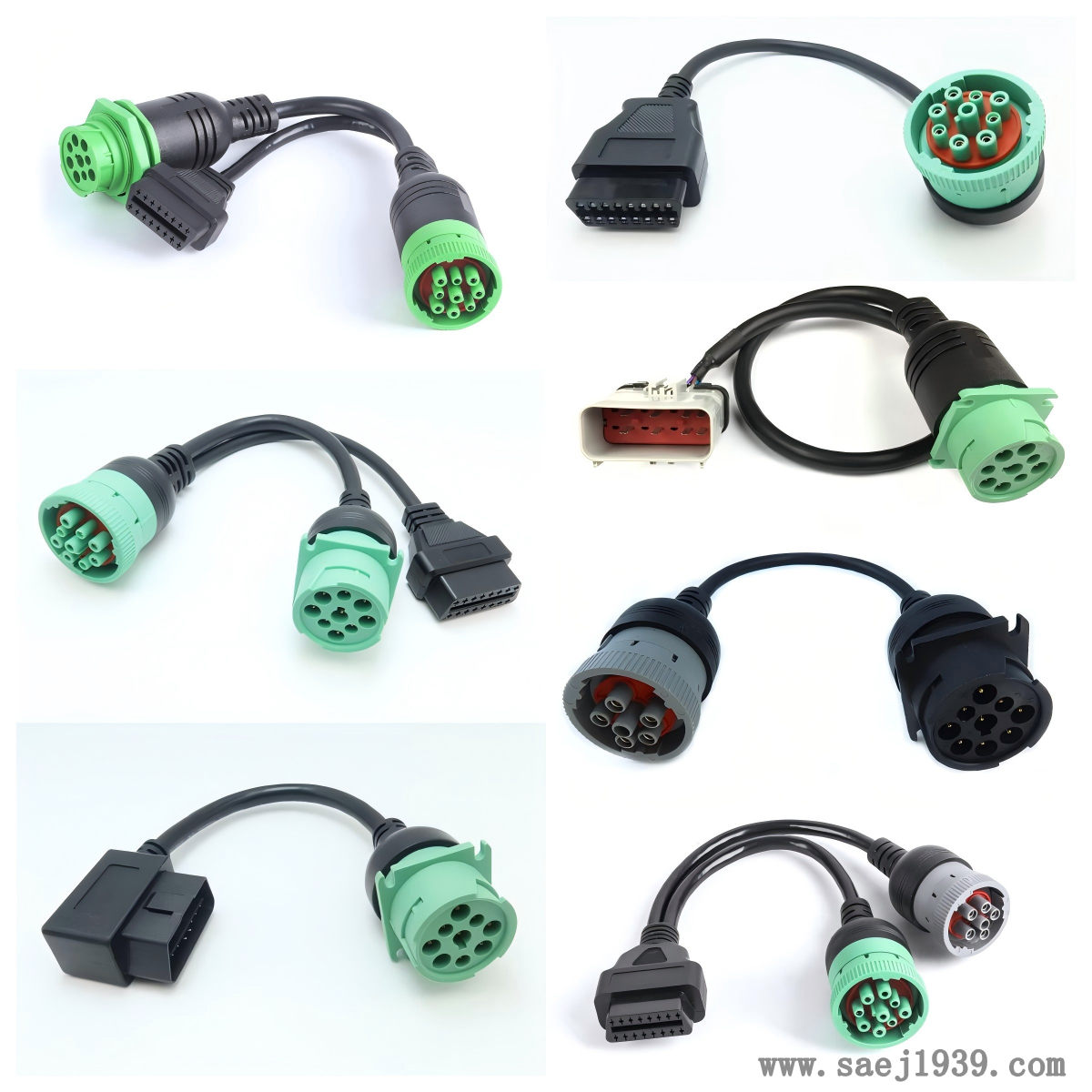Selection and Purchase Guide for J1939 to J1708 Cable
With the continuous advancement of automotive electronics technology, vehicle communication protocols are also constantly being updated and iterated. J1939 and J1708, as two important vehicle communication protocols, each have unique application scenarios and advantages. However, due to differences in vehicle manufacturing year, brand, and model, many modern vehicles use J1939 protocol for communication, while some older vehicles still use J1708 protocol. In order to meet the requirements of cross protocol communication, J1939 to J1708 cables have emerged. This article will provide you with a detailed selection and purchase guide for J1939 cable to J1708 cable, helping you easily choose the suitable product.

1、 Understand the J1939 and J1708 protocols
Before selecting and purchasing, it is necessary to first understand the basic concepts and characteristics of J1939 and J1708 protocols.
J1939 protocol: The J1939 protocol is a communication protocol defined by the Society of Automotive Engineers (SAE) for use in heavy-duty vehicles and industrial equipment. It is based on CAN (Controller Area Network) bus technology and uses 29 bit extended identifiers and extended data frames to efficiently transmit various diagnostic information, fault codes, and control commands of the vehicle.
J1708 protocol: The J1708 protocol is an SAE standard based on RS-485, mainly used for serial communication in agricultural vehicles, commercial vehicles, and heavy machinery. It defines a 2-wire 18 gauge cable with a communication rate of 9600 bit/s during operation and a length of up to 40 meters. The J1708 protocol is more common in older vehicle systems, used to transmit vehicle status information and control signals.
2、 Selection of J1939 to J1708 cable
When selecting J1939 to J1708 cables, the following key factors need to be considered:
Compatibility: Ensure that the selected cable is compatible with your vehicle and diagnostic equipment. Different brands and models of cables may have compatibility issues, so it is important to confirm their compatibility when selecting.
Quality: The quality of cables directly affects the stability and reliability of communication. Choosing high-quality cables can ensure the accuracy and stability of data transmission.
Length: Choose the appropriate cable length according to actual needs. Long cables may increase the risk of signal attenuation and interference, while short cables may not meet actual needs.
Interface type: Confirm whether the interface type of the cable matches your vehicle and diagnostic equipment. Common interface types include DB9, DB25, etc.
Brand and Price: Choosing well-known brands and reasonably priced cables can ensure product quality and after-sales service. Avoid choosing products that are too cheap or of unreliable quality to avoid unnecessary trouble.
We chat